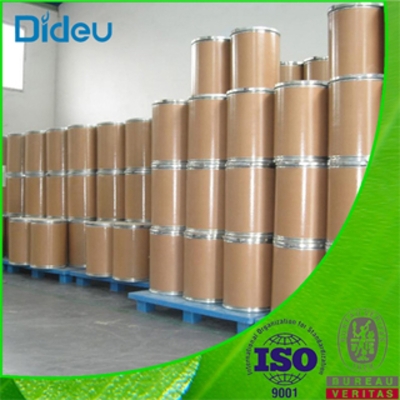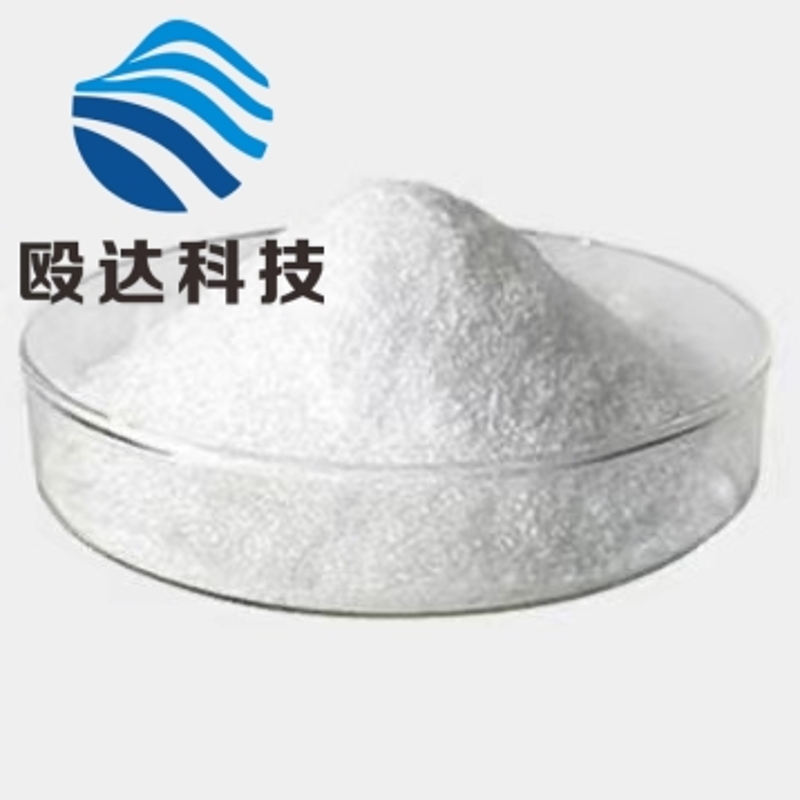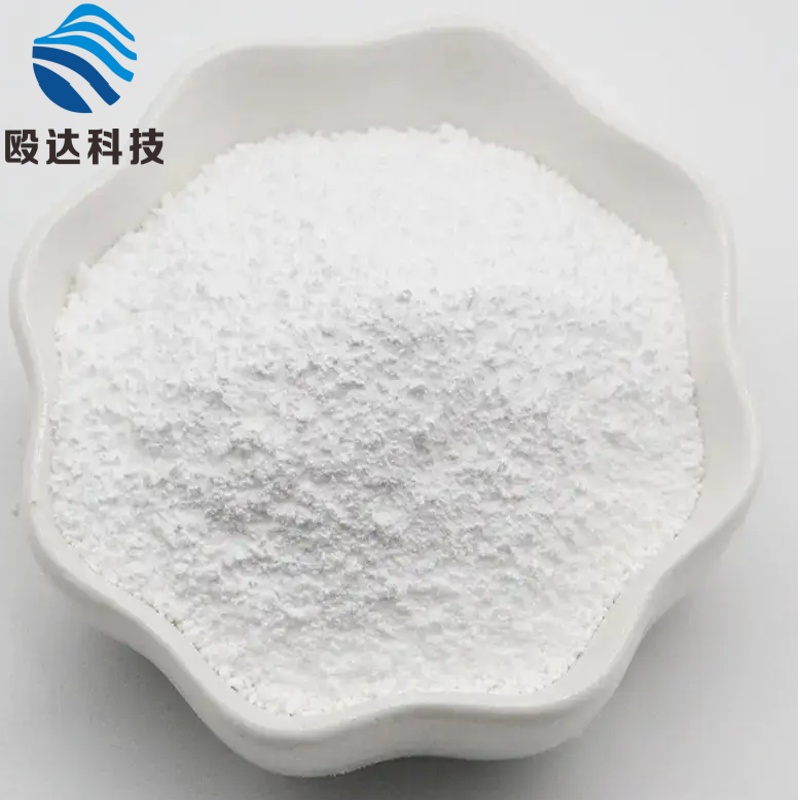-
Categories
-
Pharmaceutical Intermediates
-
Active Pharmaceutical Ingredients
-
Food Additives
- Industrial Coatings
- Agrochemicals
- Dyes and Pigments
- Surfactant
- Flavors and Fragrances
- Chemical Reagents
- Catalyst and Auxiliary
- Natural Products
- Inorganic Chemistry
-
Organic Chemistry
-
Biochemical Engineering
- Analytical Chemistry
- Cosmetic Ingredient
-
Pharmaceutical Intermediates
Promotion
ECHEMI Mall
Wholesale
Weekly Price
Exhibition
News
-
Trade Service
Benzyl (3R,4S)-3-(2-bromoacetyl)-4-ethylpyrrolidine-1-carboxylate is an important intermediate in the synthesis of various chemicals and pharmaceuticals.
This compound has been widely studied and several synthetic routes have been developed to synthesize it.
In this article, we will discuss some of the most commonly used synthetic routes for this compound in the chemical industry.
Route 1: via Benzyl Halide
This route involves the reaction of benzyl alcohol with a halogen, such as chlorine or bromine, to form a benzyl halide.
This compound is then treated with a Grignard reagent, such as (2-bromoethyl)magnesium bromide, to form the desired carboxylate.
Advantages:
- Simple and straightforward synthesis
- Good yield
Disadvantages:
- The use of halogen compounds can be hazardous and requires proper safety measures
- The use of Grignard reagents can be hazardous and requires proper safety measures
Route 2: via Acetylation
This route involves the reaction of pyrrolidine with acetic anhydride to form the desired carboxylate.
The acetylated compound is then treated with benzaldehyde and sodium hydroxide to form the benzyl moiety.
Advantages:
- Simple and straightforward synthesis
- Good yield
Disadvantages:
- The use of acetic anhydride can be hazardous and requires proper safety measures
- The use of sodium hydroxide can be hazardous and requires proper safety measures
Route 3: via Kinetic Resolution
This route involves the stereoisomerization of a chiral amine, such as (S)-pyrrolidine-3-amine, using a kinetic resolution method, such as asymmetric hydrogenation, to form the desired carboxylate.
Advantages:
- High yield of the desired enantiomer
- Simple and straightforward synthesis
Disadvantages:
- The use of hydrogenation can be hazardous and requires proper safety measures
- The use of chiral reagents can be expensive
In conclusion, there are several synthetic routes available for the synthesis of benzyl (3R,4S)-3-(2-bromoacetyl)-4-ethylpyrrolidine-1-carboxylate.
The choice of route depends on several factors, such as the availability of reagents, the yield required, and the hazards associated with the reaction.
The above discussed routes are commonly used in the chemical industry and have been proven to be effective in the synthesis of this compound.
However, the chemical industry is continuously evolving, and new synthetic routes for this compound are being developed, and it is important to stay up to date with the latest developments in the field.







